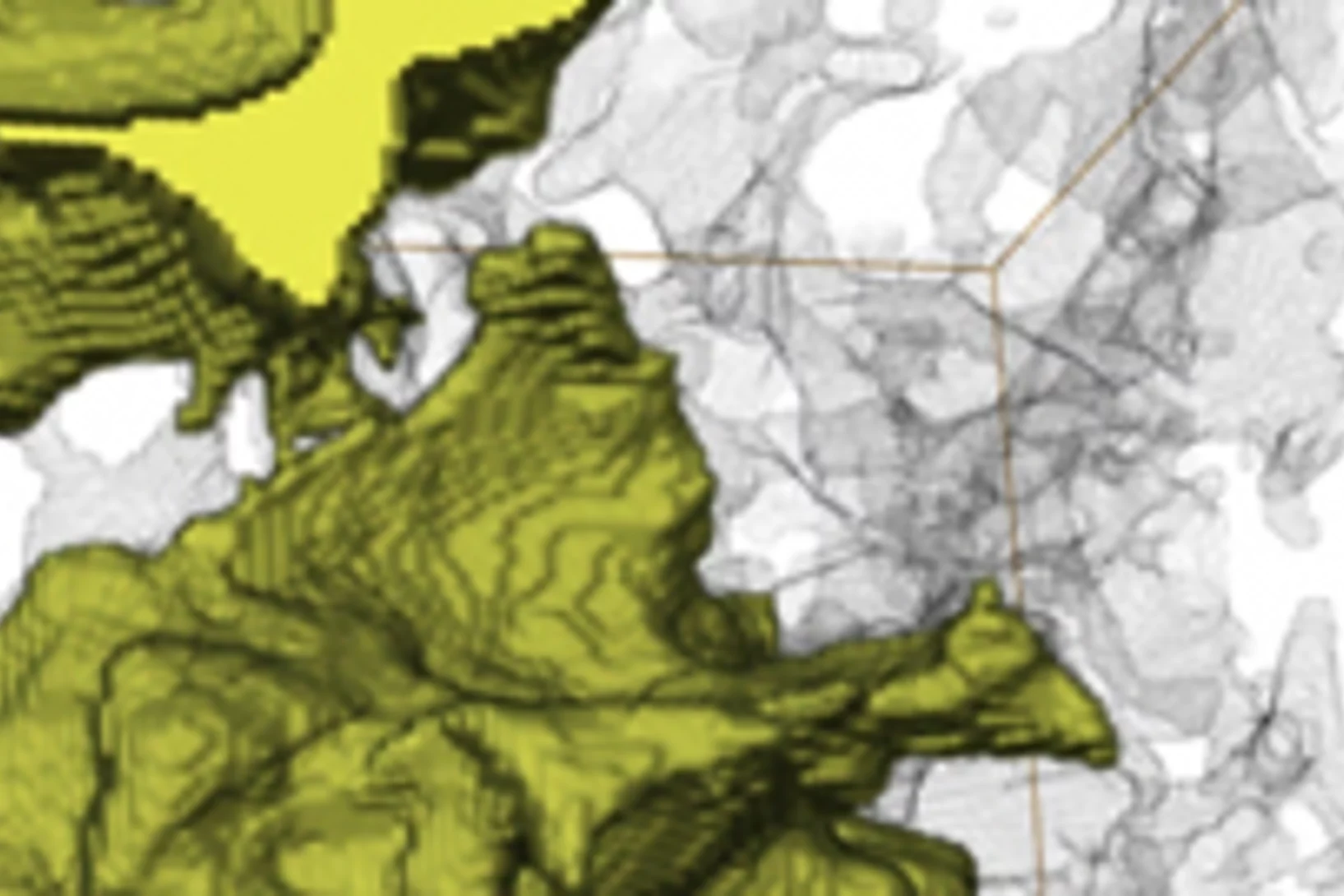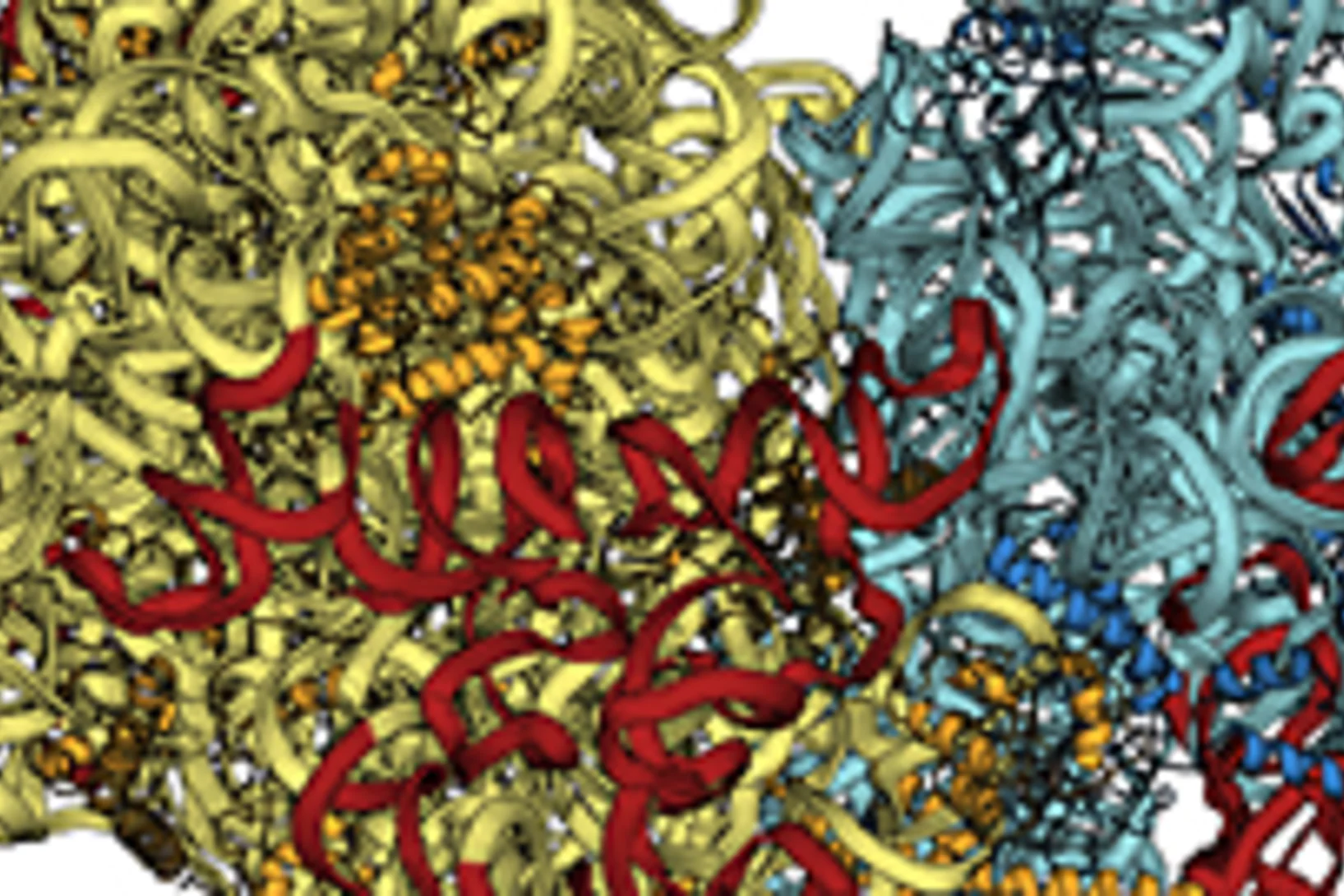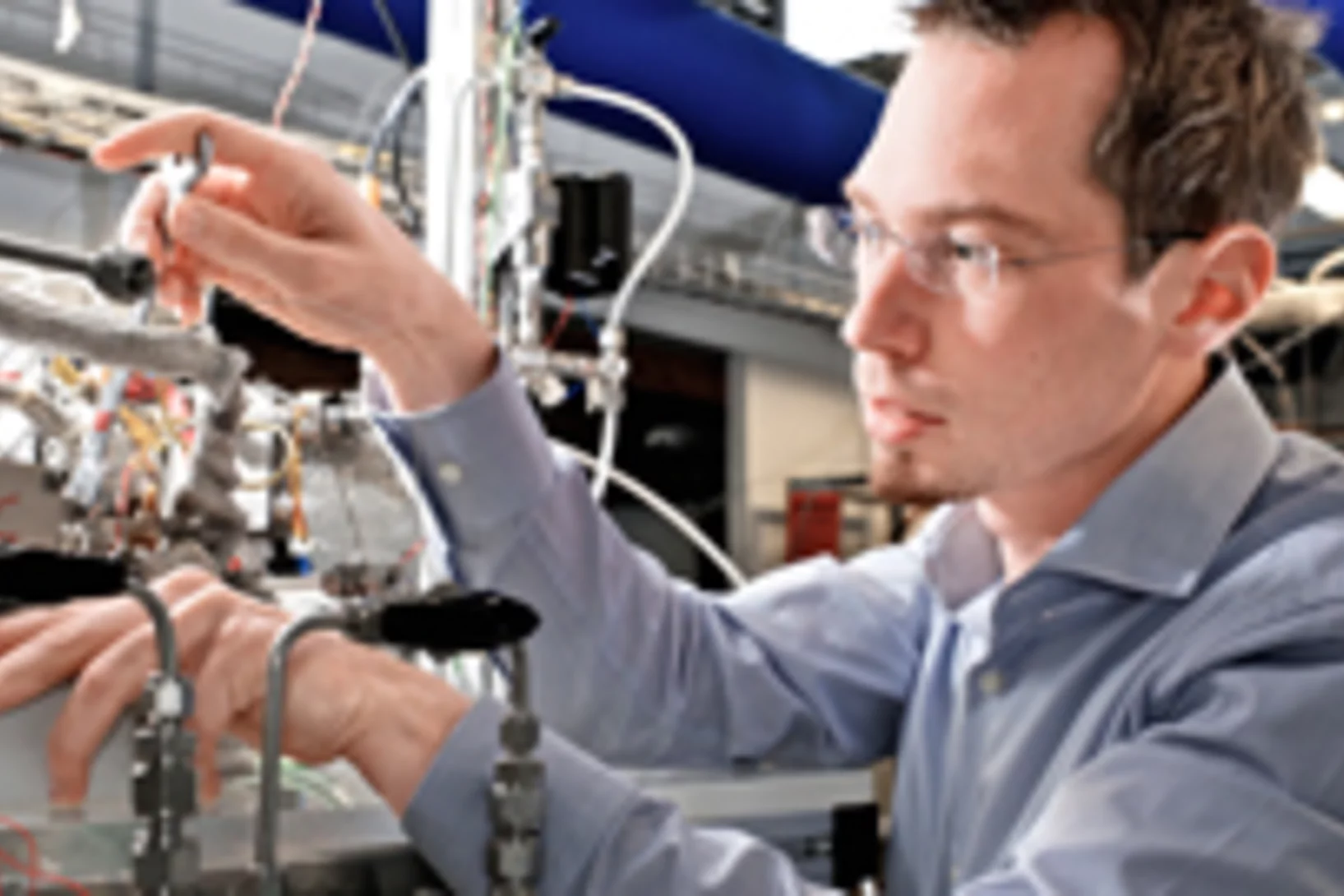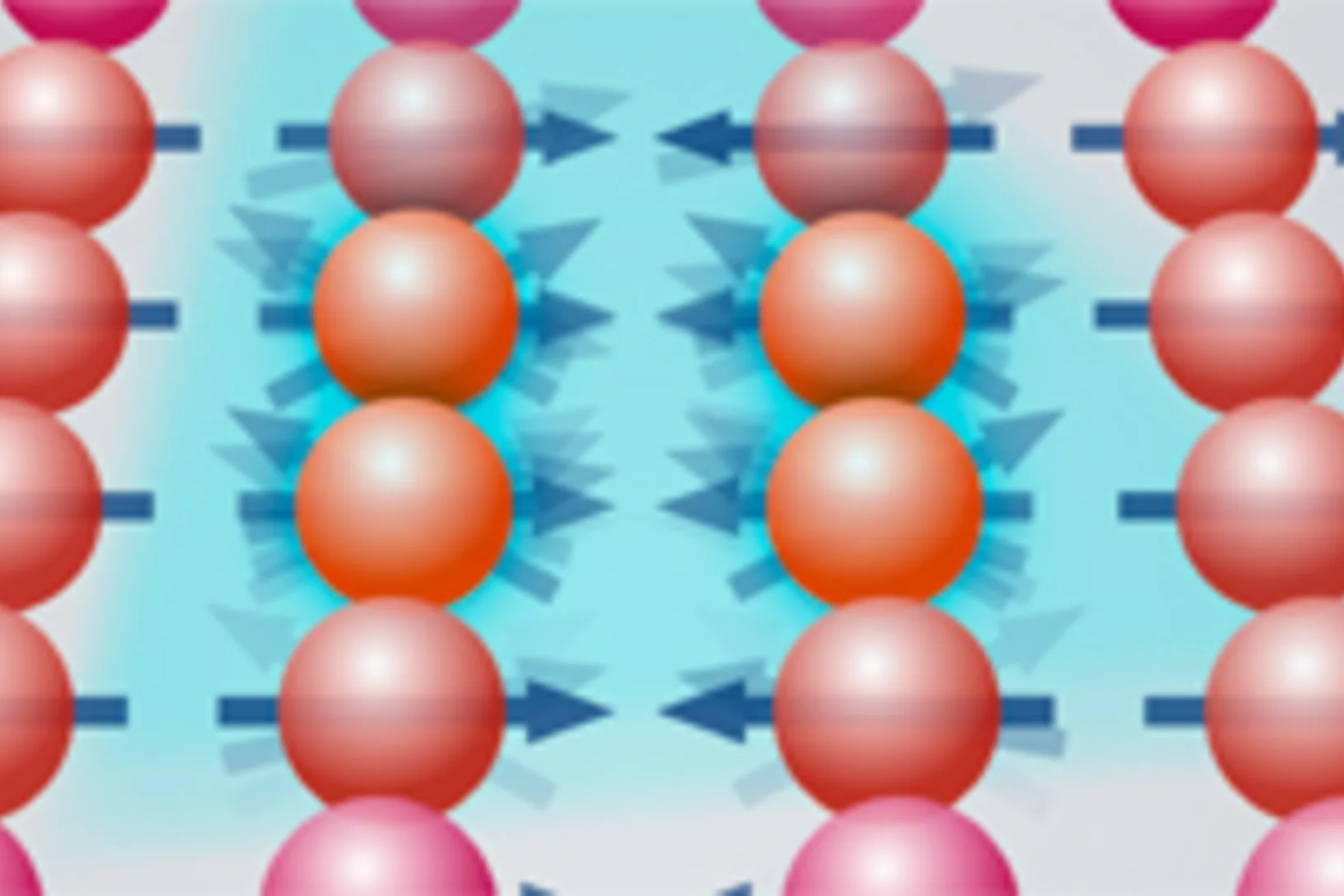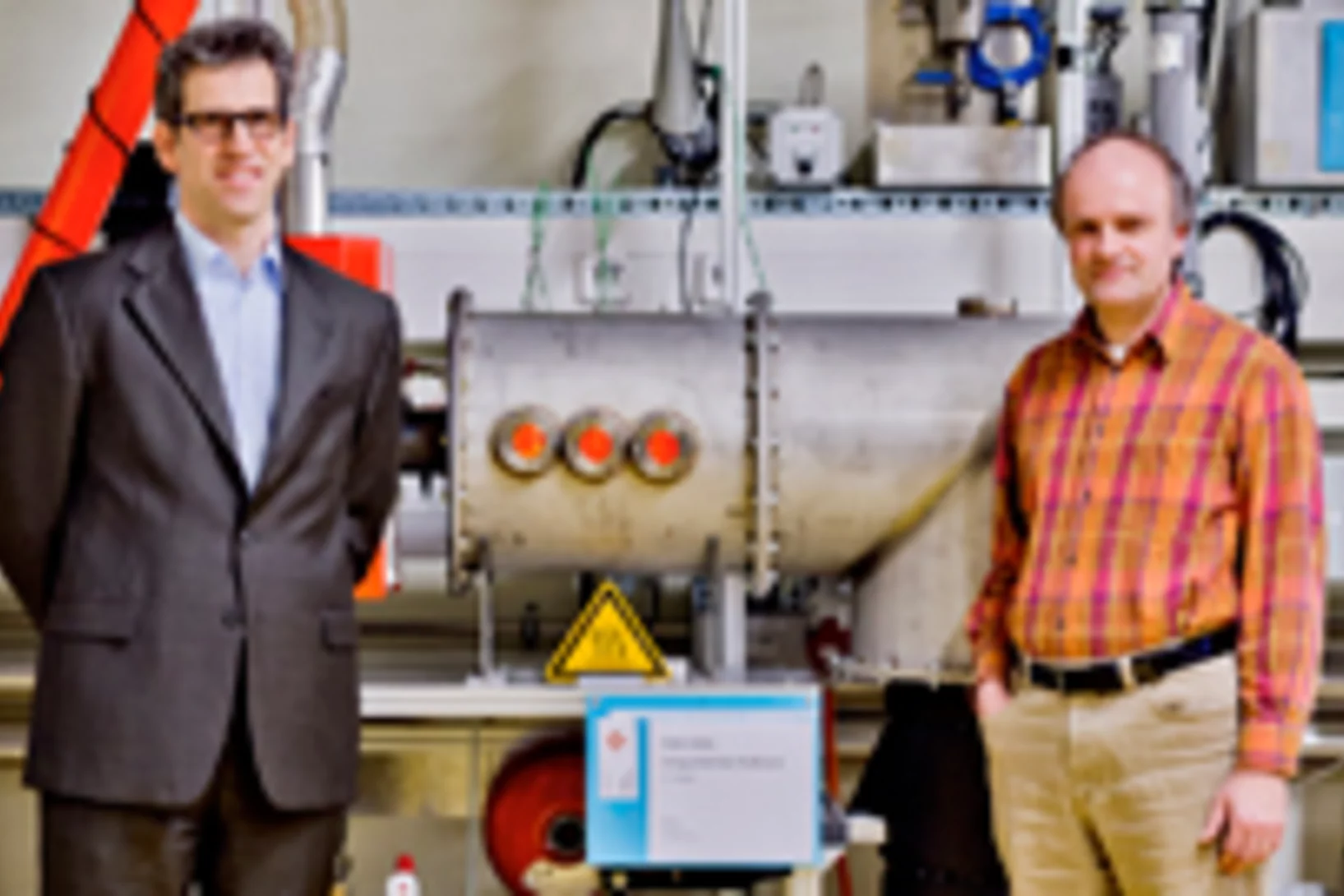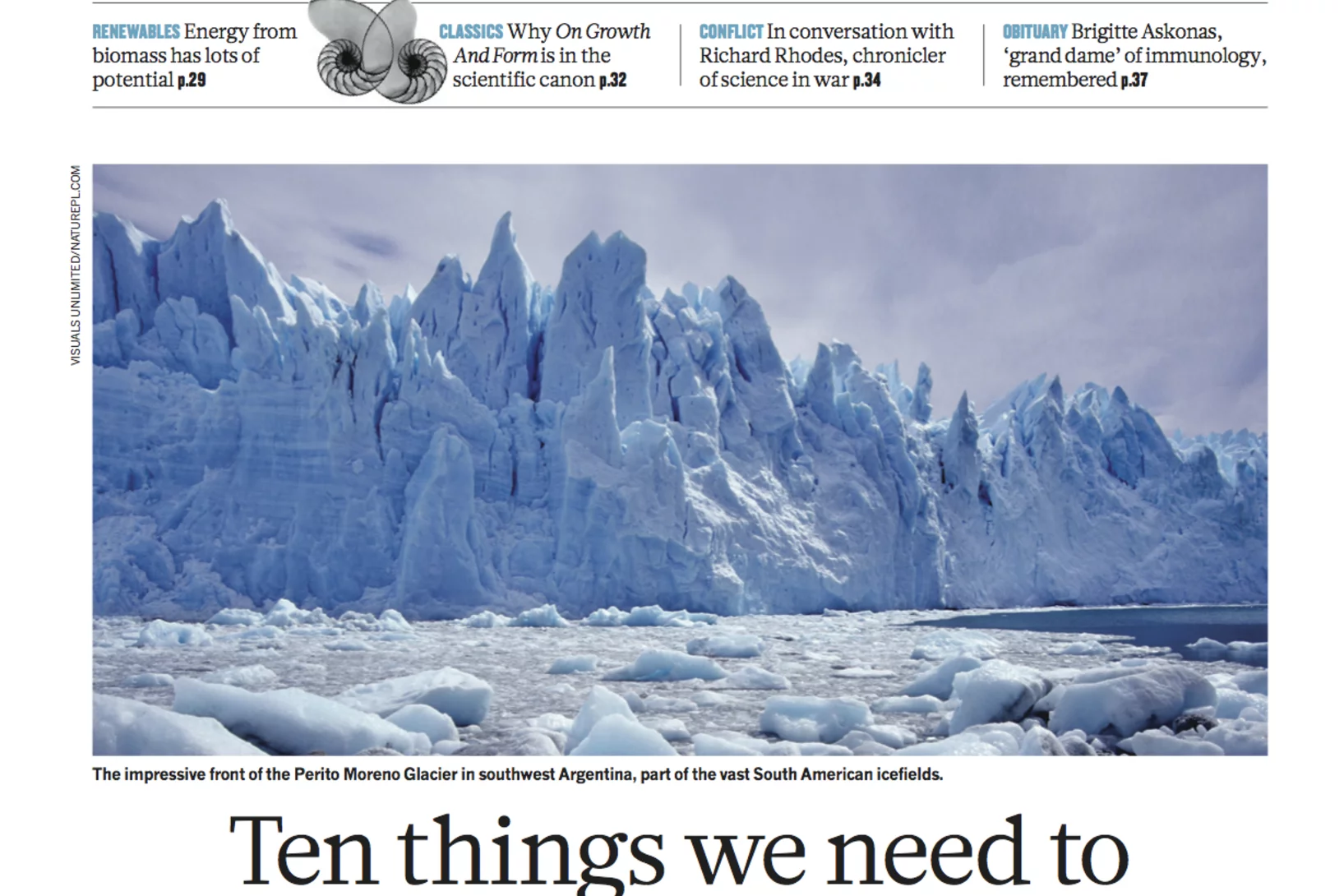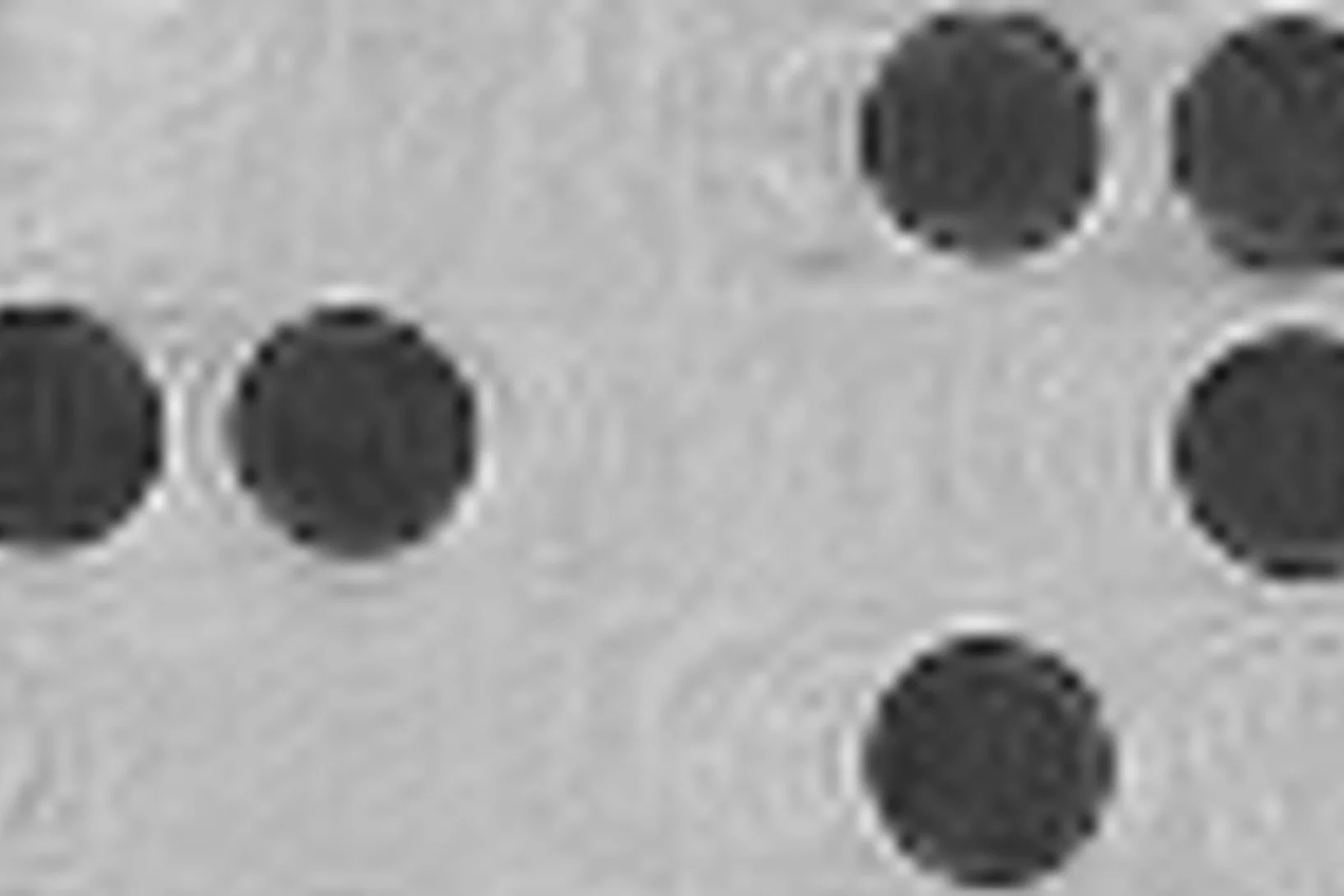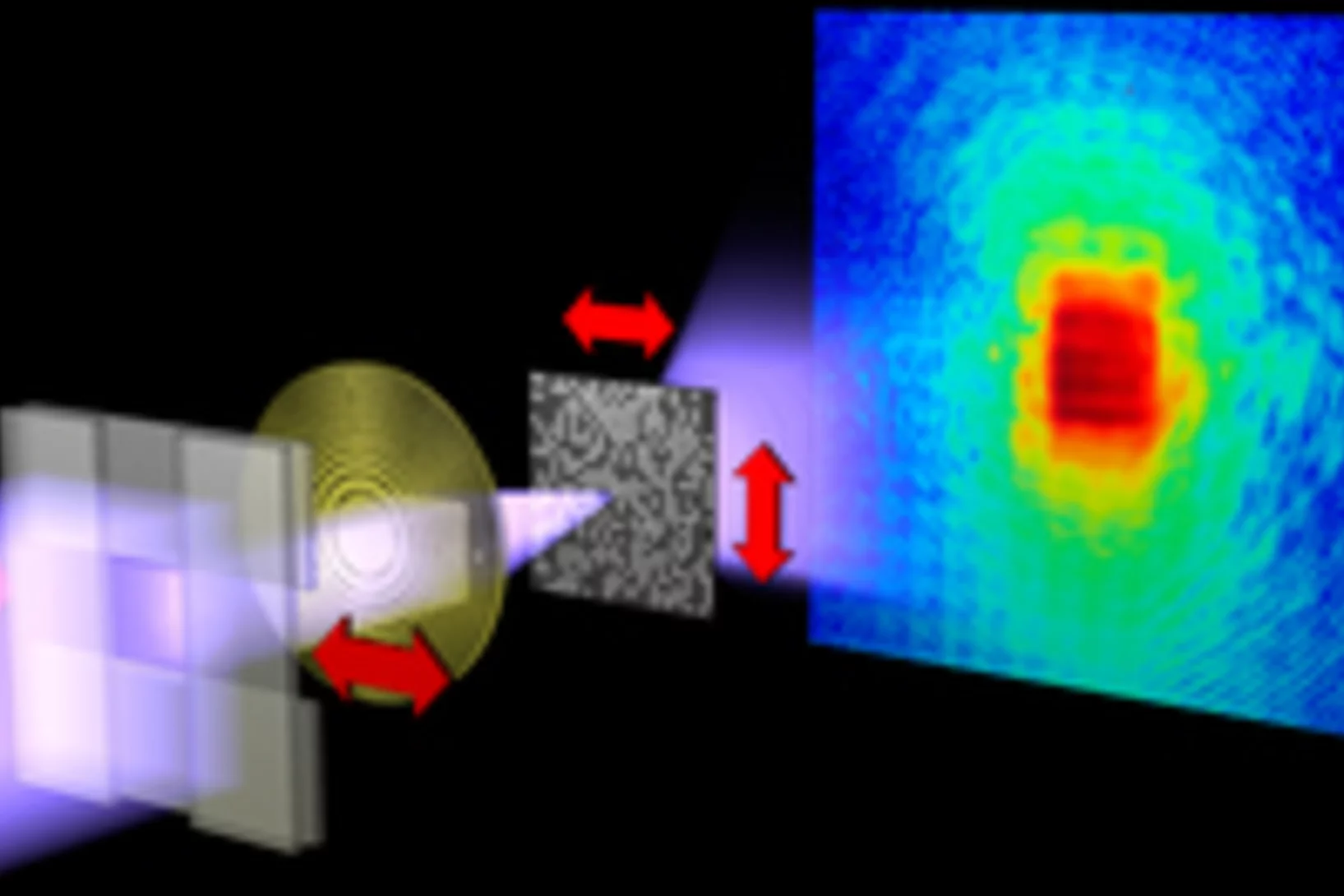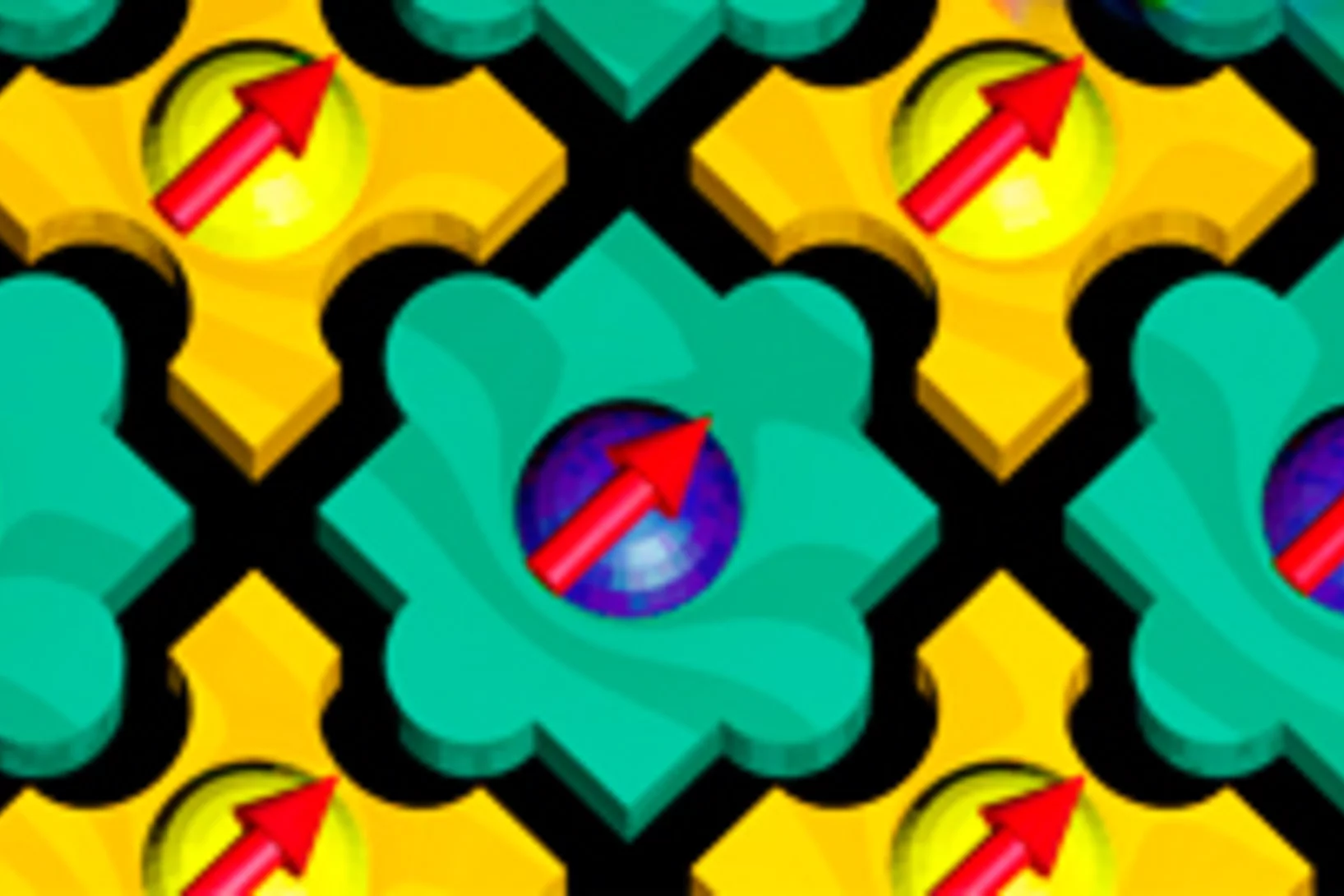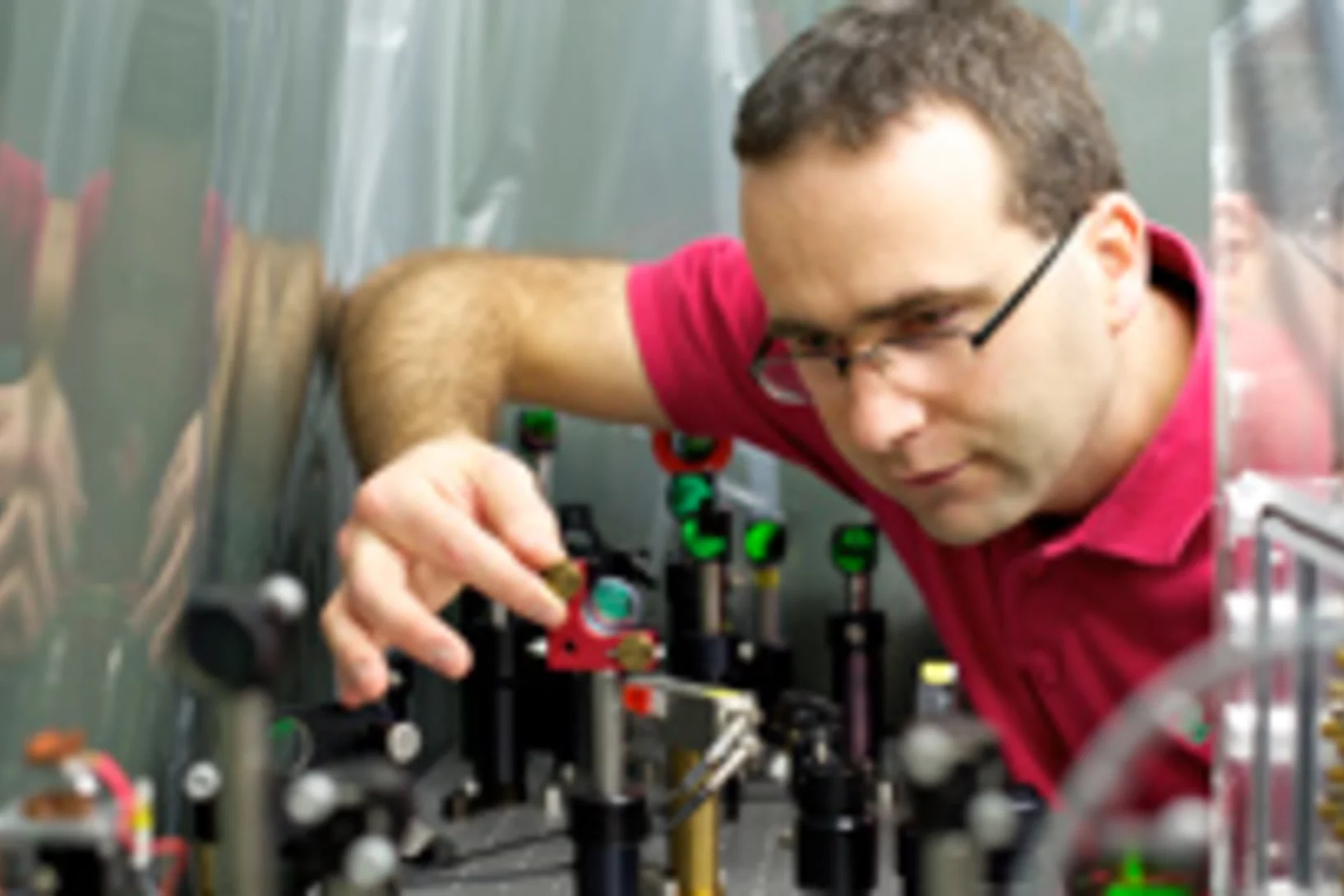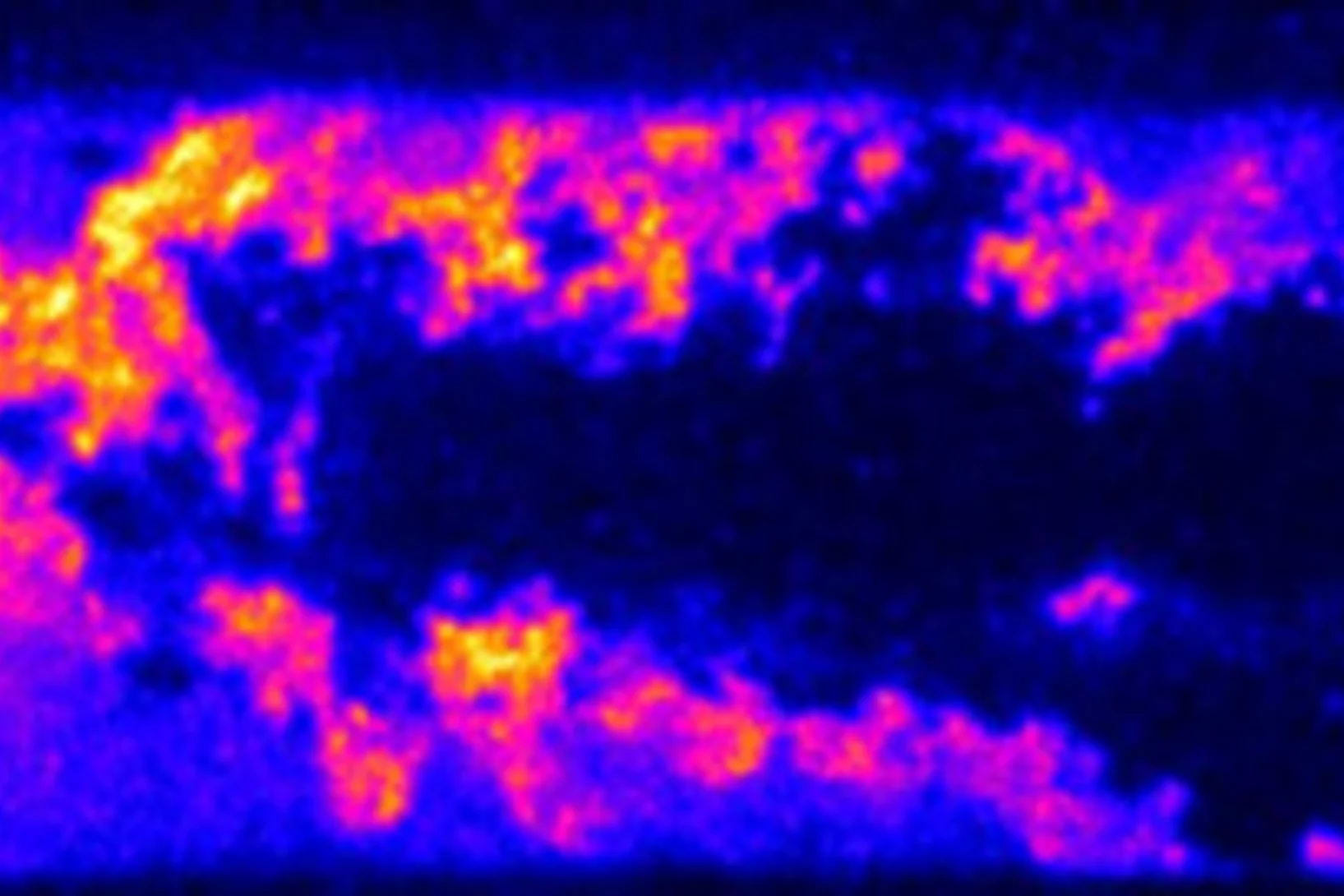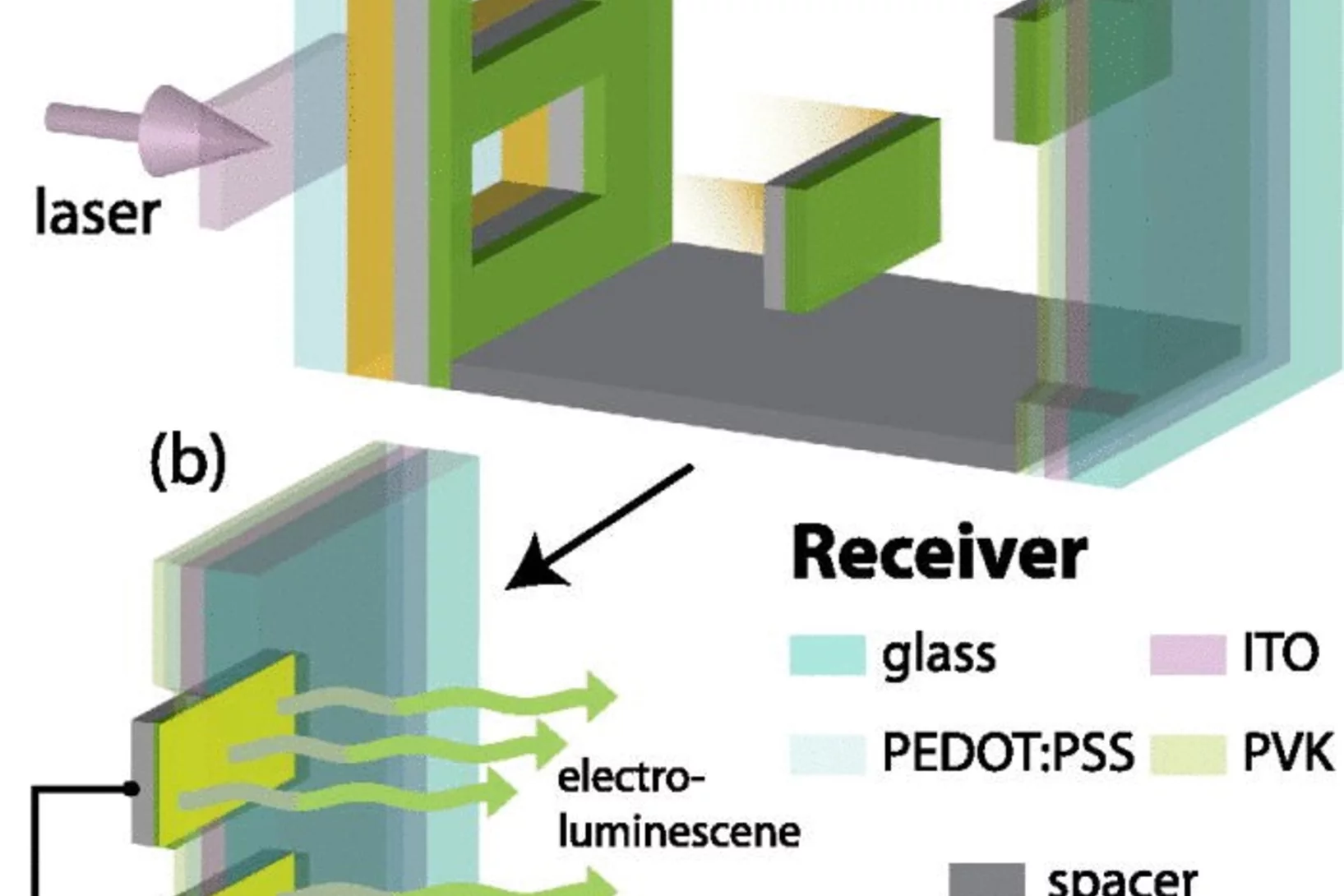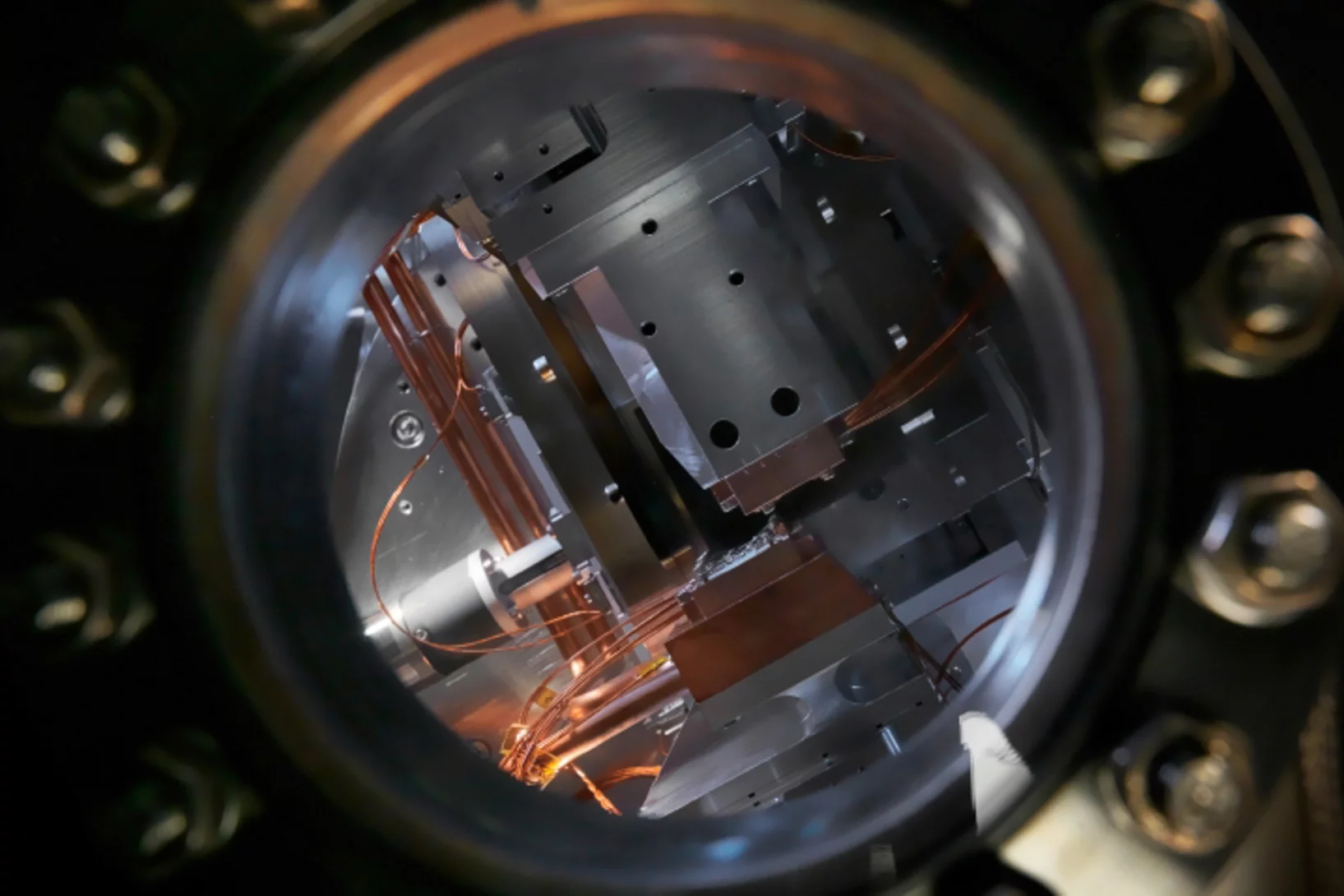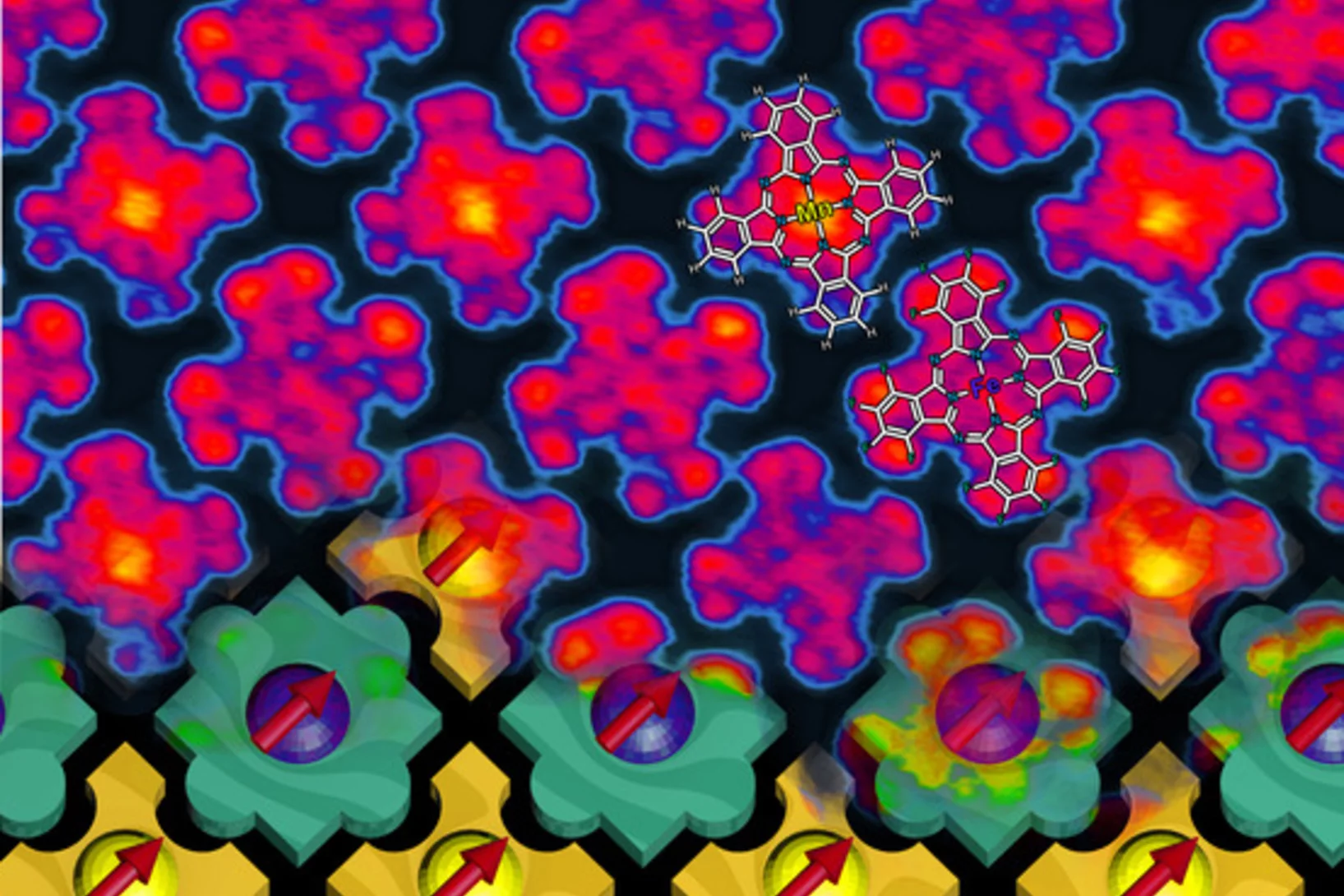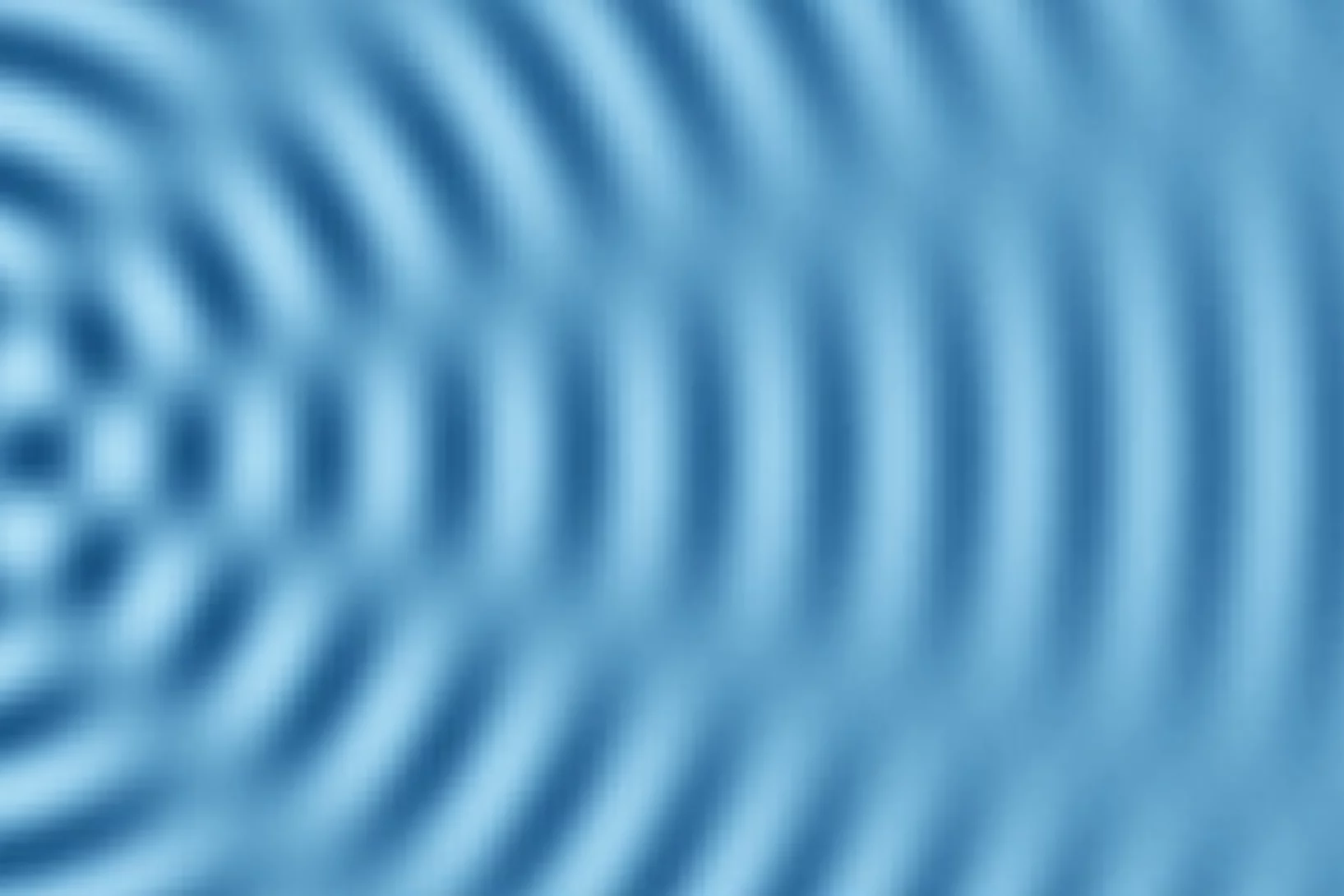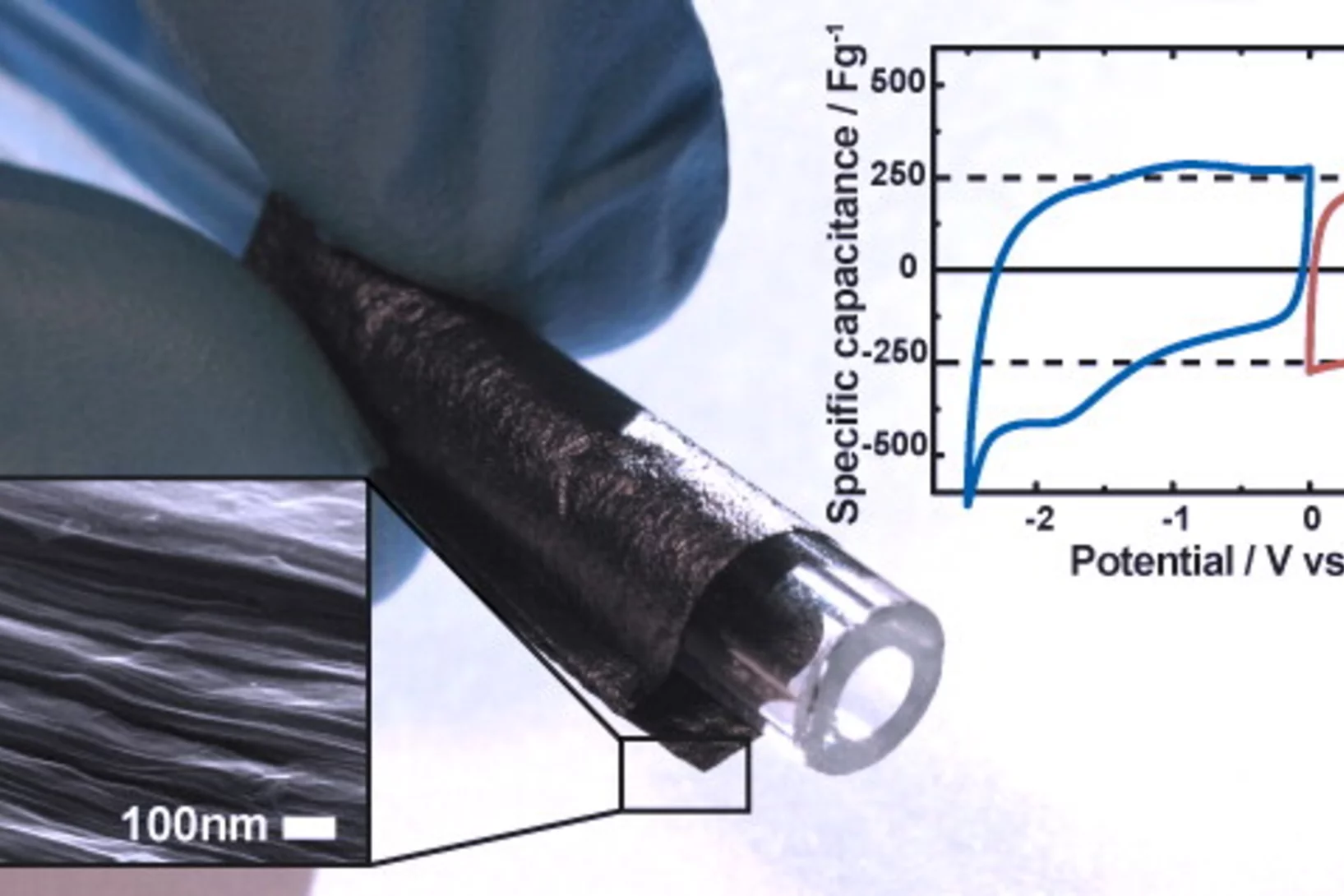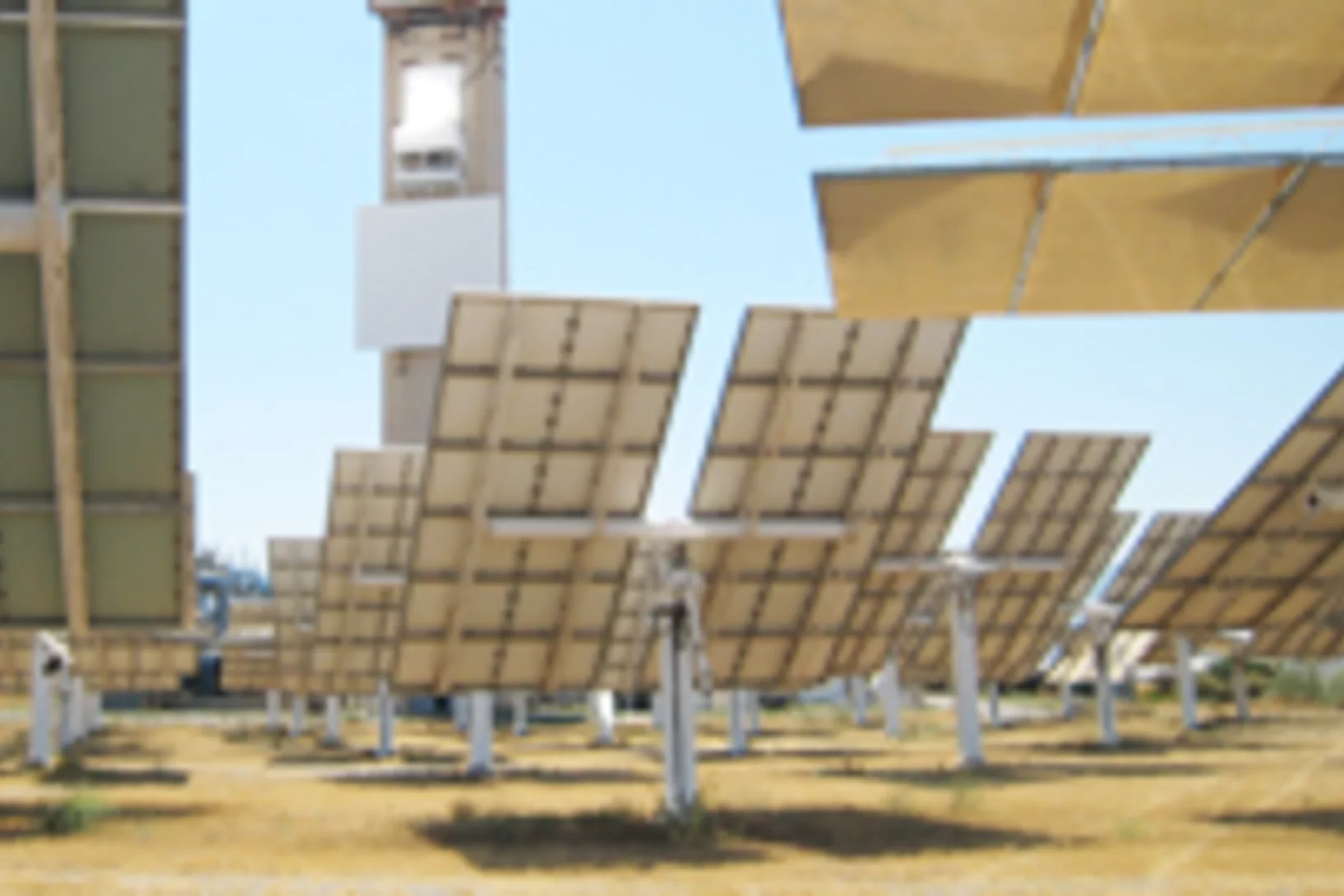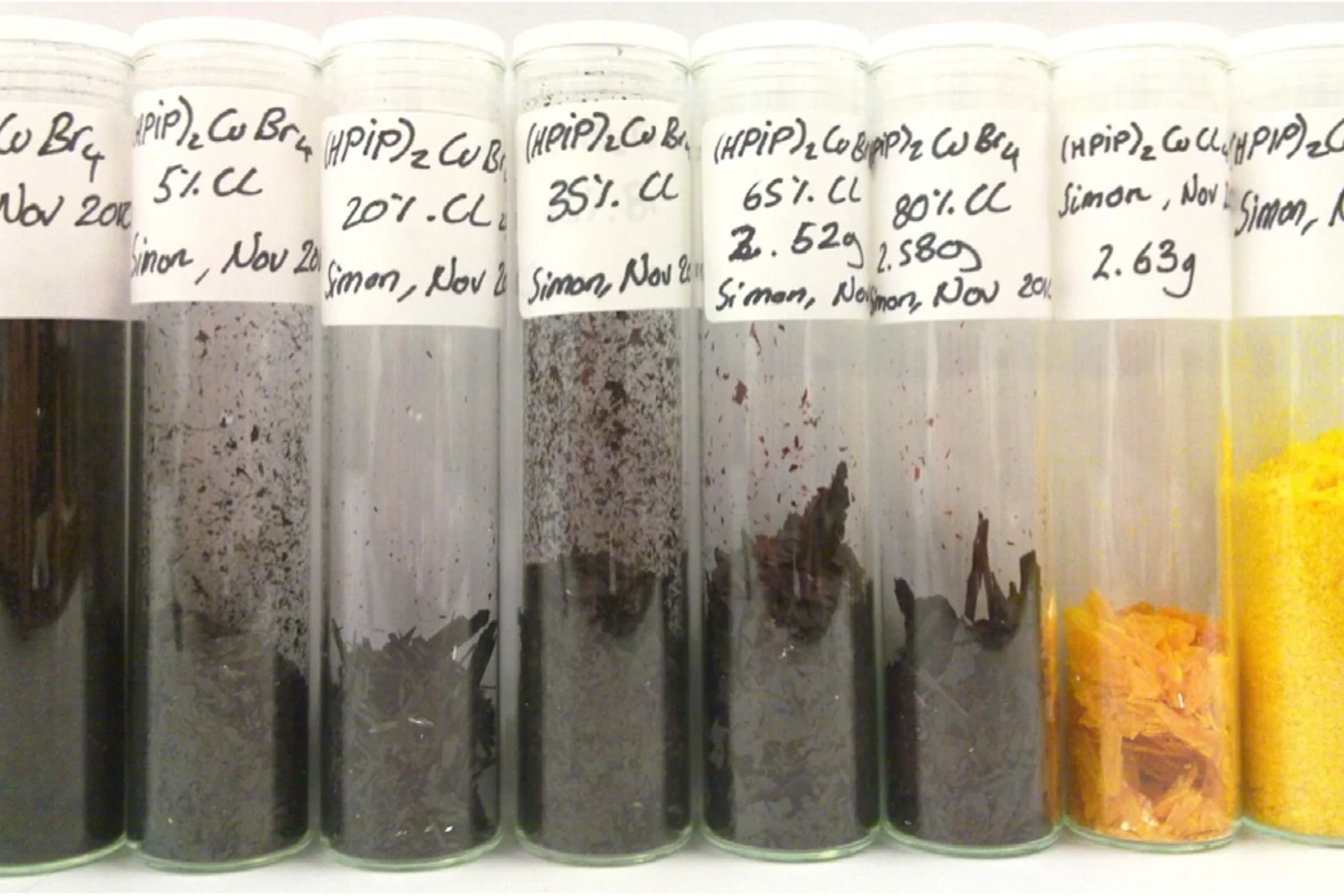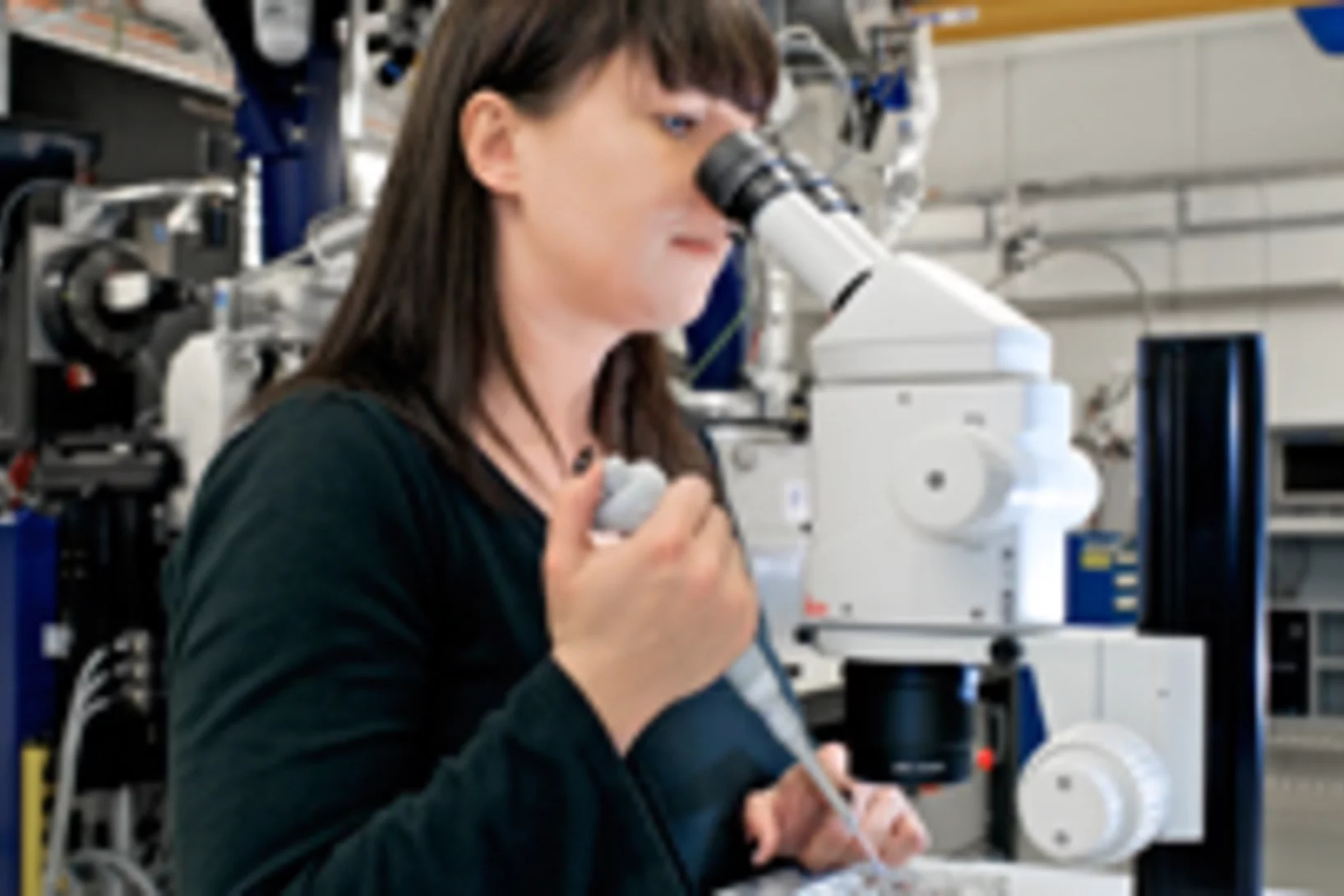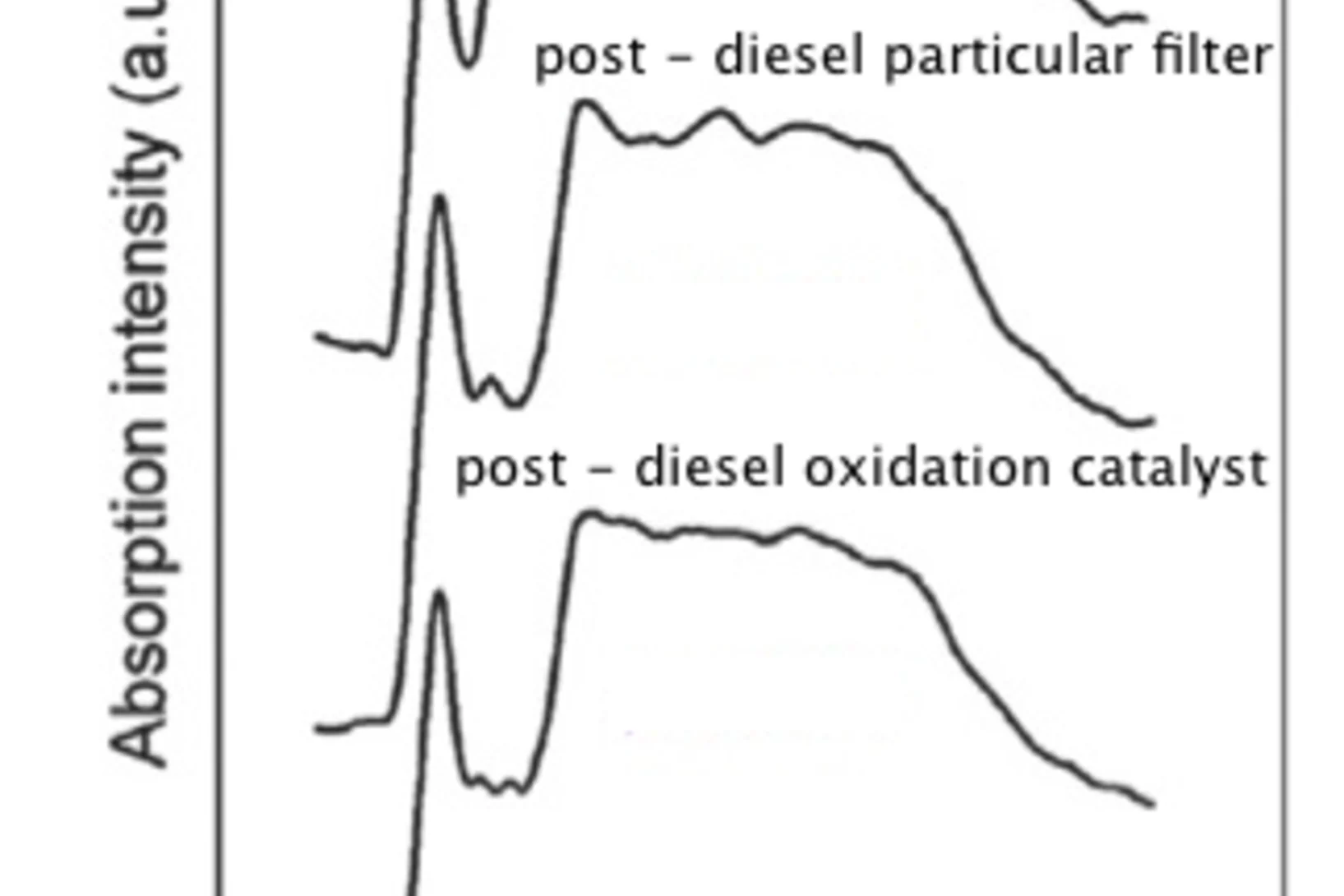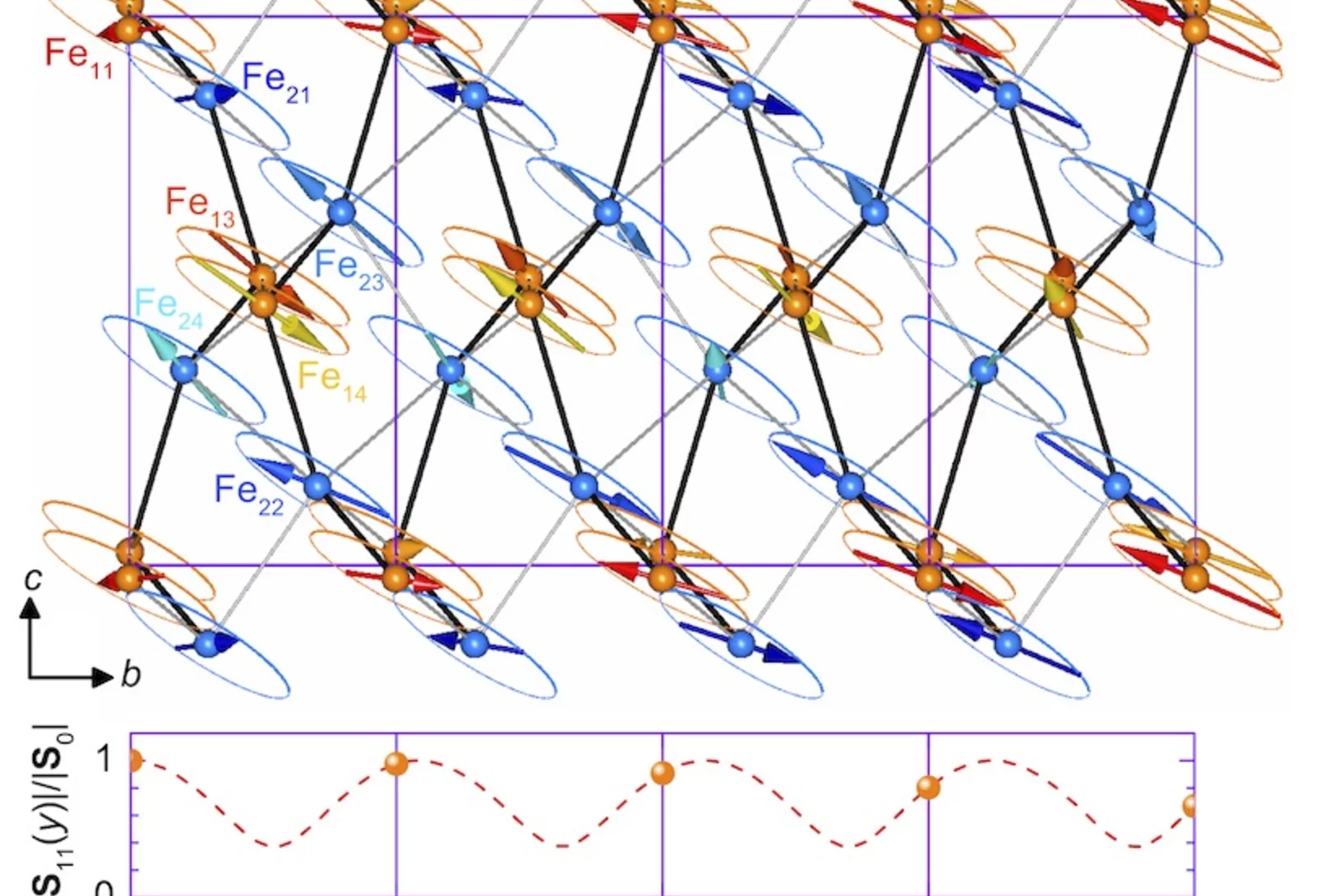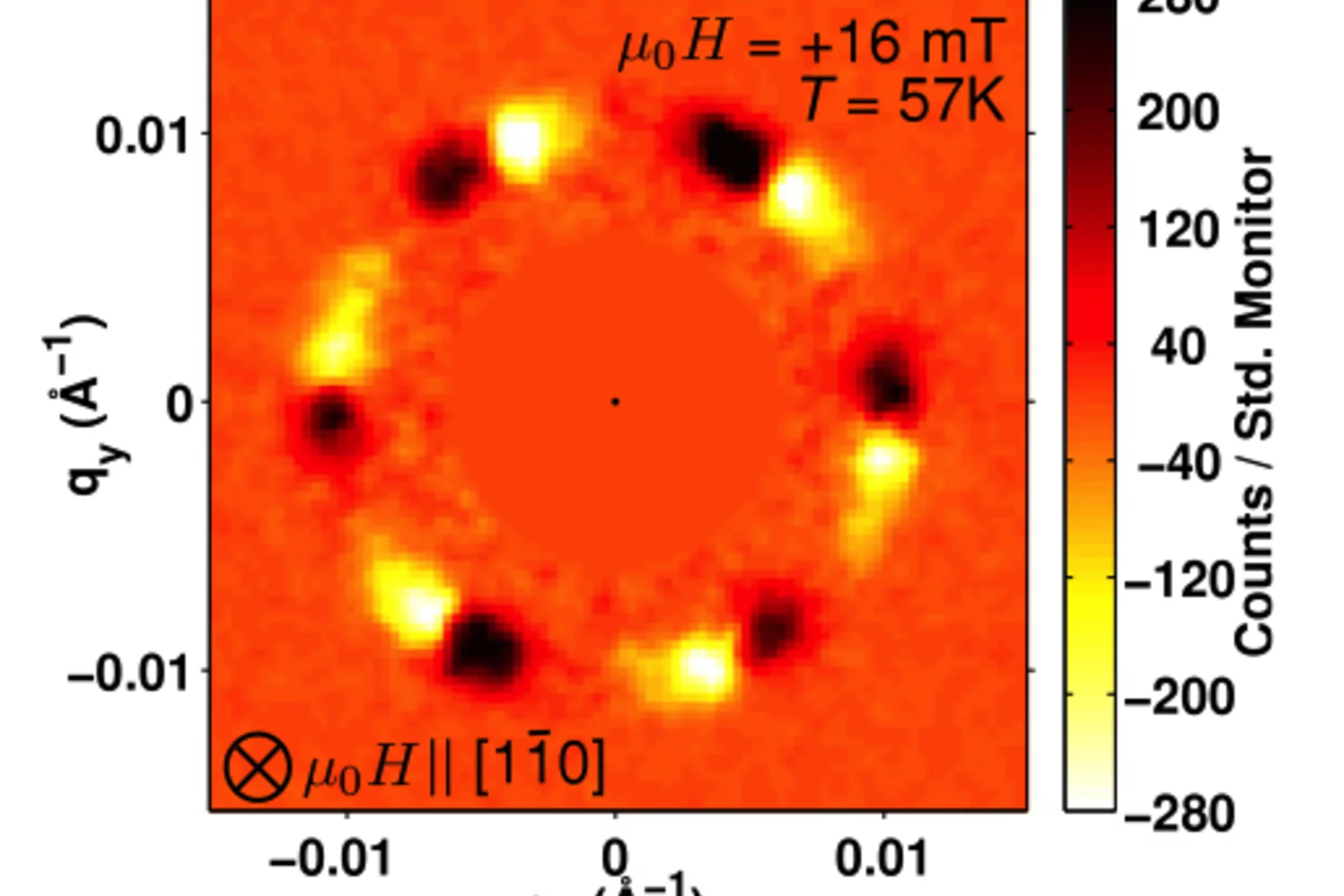Abandon de l’énergie nucléaire, développement de l’énergie solaire et éolienne, production d’énergie à partir de la biomasse, réduction de la consommation d’énergie. D’ici 2050, la Suisse doit atteindre la neutralité climatique. Un objectif ambitieux, rendu plus urgent que jamais par une situation géopolitique de plus en plus difficile. Comment faire pour mettre en place ces prochaines années un approvisionnement énergétique durable et résistant pour la Suisse? Comment les énergies renouvelables peuvent-elles être utilisées de manière optimale? Quelles sont les nouvelles technologies les plus prometteuses? Au PSI, des chercheurs s’efforcent de trouver des réponses à ces questions décisives.
PSI-Forscher untersuchen Wege zu einem nachhaltigen Schweizer Stromsystem
Avec la stratégie énergétique 2050 de la Confédération, la Suisse se dirige vers une transformation probablement radicale de son système énergétique. Au vu de l’évolution incertaine de la demande en électricité, des objectifs climatiques nationaux, et de la sortie du nucléaire décidée par le Conseil fédéral, l’approvisionnement en électricité, notamment, représente un défi. Afin d’évaluer les options les plus indiquées pour ce changement, des chercheurs de l’Institut Paul Scherrer (PSI) ont étudié différents scénarios pour l’avenir du secteur suisse de l’électricité. Ces scénarios sont développés et analysés par un outil conçu au PSI : un modèle qui considère en même temps les développements à long terme (jusqu’en 2050 et au-delà) et les fluctuations quotidiennes de l’offre et de la demande en électricité.
Tout circule : nouvelles possibilités d’observation du comportement des fluides dans les roches poreuses
Grâce à la tomographie computerisé (CT) à rayons X il est possible pour la première fois d’observer directement la circulation du pétrole et de l’eau dans la roche à en 3D, avec une résolution temporelle jamais atteinte jusqu’ici. Cette nouvelle approche, et les informations qu’elle permet d’obtenir, contribuent à mieux comprendre comment différents fluides peuvent se refouler réciproquement dans des matériaux poreux.
Travaux de recherche avec SwissFEL: comprendre les mécanismes de la vie
Les expérimentations faites avec SwissFEL, permettront de comprendre des processus fondamentaux de la vie. Ils montreront comment sont constituées des molécules biologiques dont la structure ne peut être déterminée avec les méthodes actuelles. De même elles permettront de constater l’évolution de la forme des molécules. Les résultats de ces expériences permettront de mieux comprendre certaines maladies et de développer des médicaments.
Le contrat constitutif de droit de superficie est signé
Le nouvel instrument du PSI SwissFEL sera construit à proximité immédiate de l’institut, dans la forêt de Würenligen. Ce vendredi, le contrat constitutif du droit de superficie a été signé avec la commune bourgeoise de Würenligen.
Plongée au cœur de la centrale de commande de la communication cellulaire
Dans notre organisme, de nombreux processus tels que la vue, l’odorat ou le goût, sont exécutés par une importante famille de détecteurs : situés à la surface des cellules, ces derniers sont appelés récepteurs couplés aux protéines G (RCPG). Des chercheurs ont à présent comparé les structures spatiales connues à ce jour de RCPG, et découvert un réseau stabilisateur de fines contrefiches, qui caractérise l’architecture de l’ensemble de la famille des RCPG. La connaissance de ces particularités structurelles, conservées au fil de l’évolution, est susceptible de revêtir une utilité considérable pour le développement de nouveaux médicaments.
Du trou microscopique à la mort subite : le vieillissement des piles à combustibles
Des chercheurs de l’Institut Paul Scherrer (PSI) ont réussi à se faire une idée plus précise d’un mécanisme de vieillissement particulièrement courant de la membrane polymère des piles à combustible à hydrogène. La robustesse de cette membrane influence la durée de vie des piles à combustible. Ces nouveaux éléments de connaissance pourraient ouvrir la voie au développement de piles qui durent plus longtemps, et écarter l’un des principaux obstacles à la commercialisation de ces convertisseurs d’énergie propres.
Découverte étonnante : les déroutantes propriétés de certains supraconducteurs
Des scientifiques de l’Institut Paul Scherrer (PSI) à Villigen (AG/Suisse) ont mis à jour Avec leurs collègues chercheurs chinois et allemands,de nouvelles connaissances concernant une classe de supraconducteurs à haute température. Ces résultats expérimentaux, issus de la recherche fondamentale, indiquent que les interactions magnétiques revêtent une importance primordiale pour le phénomène de la supraconductivité à haute température. A l’avenir, ces connaissances pourraient contribuer au développement de supraconducteurs présentant de meilleures propriétés techniques.
Joint-venture dans le domaine de bioénergie et d'efficacité des ressources : PSI et FHNW fondent un institut commun
Début 2013, la création de l'Institut pour biomasses et efficacité de ressources a été réalisée par les deux institutions PSI et FHNW. Ce nouvel institut est censé examiner l'efficience des ressources à la fois du côté de l'énergie et du côté des matériaux ; une première, couvrant toute la Suisse afin d'apporter une contribution substantielle à la "Stratégie Energie 2050" de la Confédération. L'accent est mis sur l'utilisation durable des biomasses.
Association de compétences pour la construction de SwissFEL
Le partenariat « EquiFEL Suisse » est un consortium de trois entreprises suisses de tradition. Il a obtenu, en entreprise totale, l’adjudication pour l’édification du bâtiment et la mise à disposition de l’infrastructure technique destinés au SwissFEL. Le contrat de construction entre l’Institut Paul Scherrer PSI et le partenariat a été signé hier soir.
Chemistry: Ten things we need to know about ice and snow
Understanding the molecular behaviour of frozen water is essential for predicting the future of our planet, says Thorsten Bartels-Rausch.
Imager des échantillons qui fluctuent à l'aide de rayons X
Les rayons X sont utilisés pour inspecter la structure à l'échelle nanométrique d'objets variés comme des cellules biologiques ou des dispositifs de stockage magnétiques. L'imagerie à très haute résolution impose cependant de très fortes contraintes, autant sur l'appareil que sur l'échantillon lui-même. Des chercheurs à la Technische Universität München et au PSI viennent de démontrer comment ces conditions peuvent être relaxées sans perte de qualité d'image. Ils ont de plus montré comment la même approche permet d'imager des échantillons qui fluctuent très rapidement, comme les matériaux magnétiques utilisés pour le stockage de données.
Imaging fluctuations with X-ray microscopy
X-rays allow an inside look at structures that cannot be imaged using visible light. They are used to investigate nanoscale structures of objects as varied as single cells or magnetic storage media. Yet, high-resolution images impose extreme constraints on both the X ray microscope and the samples under investigation.
Un nanodamier magnétique qui s’autoassemble
Des chercheurs de l’Institut Paul Scherrer (PSI) et de l’Indian Institute of Science Education and Research ont fabriqué un agencement de molécules magnétiques, au sein duquel ils ont réussi à « désactiver » de manière ciblée le magnétisme d’une molécule sur deux. Résultat : un damier magnétique, où les scientifiques ont pu manipuler de façon sélective l’état quantique d’une partie des molécules. La possibilité de modifier de manière ciblée les états d’objets quantiques isolés est une condition préalable essentielle pour le développement d’ordinateurs quantiques.
SwissFEL – la machine
Au SwissFEL, des électrons seront accélérés à des vitesses proche de la vitesse de la lumière et ensuite envoyés sur une trajectoire en courbe à de sorte qu’ils génèrent des rayons X. Ainsi le SwissFEL consiste en un canon à électron qui génère le faisceau électronique, un accélérateur et un onduleur, dans lequel les électrons seront maintenus sur une piste sinueuse. A la fin se trouvent les chambres de mesure sur lesquelles la lumière produite pour les expériences sera exploitée.
Une nouvelle énigme du proton
Une équipe de recherche internationale a confirmé, par des mesures de spectroscopie laser sur l’hydrogène exotique, que la taille du proton était bien plus petite que prévue. L’expérience a eu lieu à l'institut Paul Scherrer (PSI). Le PSI est à présent le seul centre de recherche au monde à produire un nombre suffisant de muons pour fabriquer des atomes d’hydrogène exotiques à partir de protons et de muons et d'effectuer de telles recherches.
Feu et flamme
Les centrales à gaz et à vapeur, connues sous le nom de centrales à cycle combiné, figurent dans de nombreux pays européens comme l'option de la garantie d'approvisionnement en énergie. La stratégie énergétique de la Fédération helvétique pour l'année 2050 les évoque comme l'une des possibilités alternatives aux centrales nucléaires. Pour augmenter le rendement de la transformation du gaz naturel en électricité jusqu’à 60 pour cent, les centrales à cycle combiné utilisent des turbines à gaz et à vapeur d'eau. Elles se distinguent en outre par des mises en route et arrêts très rapides, ce qui les prédestine à la compensation des fluctuations de la production de parcs d'éoliennes et de centrales hélioélectriques. Mais leur émission en CO2, bien qu'elle soit moins importante que celle de toutes les centrales électriques conventionnelles à base de combustibles fossiles, est encore trop élevée. Dans le cadre d'un projet européen, les chercheurs de l'Institut Paul Scherrer travaillent à la solution de cet inconvénient.
The fabrication of small molecule organic light-emitting diode pixels by laser-induced forward transfer
Laser-induced forward transfer (LIFT) is a versatile organic light-emitting diode (OLED) pixel deposition process, but has hitherto been applied exclusively to polymeric materials. Here, a modified LIFT process has been used to fabricate small molecule Alq3 organic light-emitting diodes (SMOLEDs). Small molecule thin films are considerably more mechanically brittle than polymeric thin films, which posed significant challenges for LIFT of these materials.
Paré pour une euphorie d'attérissage lunaire
Interview de Thomas HuthwelkerL’institut Paul Scherrer met à la disposition de chercheurs du monde entier ses installations de recherche. Afin que ces scientifiques puissent réaliser leurs travaux de recherches dans des conditions optimales, les employés de l’institut Paul Scherrer (PSI) déploient des moyens considérables. L’interview de l’un des chercheurs de l’institut nous permet de comprendre ce qui se passe dans les coulisses. Cette interview est extraite de la nouvelle édition du magazine de PSI Fenster zur Forschung.
Magnetic nano-chessboard puts itself together
Researchers from the Paul Scherrer Institute and the Indian Institute of Science Education and Research (Pune, India) have managed to ‘turn off’ the magnetization of every second molecule in an array of magnetized molecules and thereby create a ‘magnetic chessboard’. The magnetic molecules were so constructed that they were able to find their places in the nano-chessboard by themselves.
Avantage du SwissFEL : Pourquoi des rayons X?
Le SwissFEL produira des flash très courts et très intenses de rayons X. ayant les propriétés du laser. Cela permettra de nouvelles observations de l’intérieur des différents matériaux. Chaque caractéristique particulière de cette lumière SwissFEL offre de nouvelles possibilités d’expériences.
Partially reduced graphene oxide paper: a thin film electrode for electrochemical capacitors
One way to utilize graphene and its’ outstanding specific surface area of 2630 m2g-1 for supercapacitor electrodes is by preparing a so called free-standing graphene paper. Such a flexible, conductive graphene-paper electrode was prepared by a flow-directed filtration of graphene oxide dispersion followed by a gentle thermal reduction treatment of the filtrate. The prepared partially reduced graphene oxide paper (GOPpr) showed a dense packing of graphene sheets with a distinct interlayer distance of 4.35 Å.
Le soleil se lève aussi pour le ciment
Le ciment est le liant universel dans la construction de bâtiments modernes. Comme composant du béton et d'autres matériaux de construction, son volume de production fait de lui l'un des biens économiques les plus importants dans le monde. Toutefois, la fabrication de ciment consomme d'énormes quantités d'énergie provenant en grande partie de la combustion de carburants fossiles. Les chercheurs de l'Institut Paul Scherrer et de la société Holcim, un producteur de ciment suisse aux activités internationales, ont décidé de changer cette situation.
Spin ladders and quantum simulators for Tomonaga-Luttinger liquids
Magnetic insulators have proven to be usable as quantum simulators for itinerant interacting quantum systems. In particular the compound (C5H12N)2CuBr4 (for short: (Hpip)2CuBr4) was shown to be a remarkable realization of a Tomonaga-Luttinger liquid (TLL) and allowed us to quantitatively test the TLL theory.
Travaux de recherche dans l’installation SwissFEL: observer la transformation des substances
Les expériences menées dans le cadre de SwissFEL doivent aider à comprendre exactement l’interaction et la transformation des substances dans une réaction. Une importance particulière sera accordée aux réactions catalytiques qui ont d’innombrables applications. La recherche ouvrira la voie à de nouveaux procédés industriels orientés sur l’économie d’énergie et à des sources d’énergie respectueuses de l’environnement.
Le côté faible du proton
Une équipe de recherche internationale a déterminé avec une grande précision la participation du proton à l’interaction faible (une des quatre forces fondamentales de la nature). Les résultats confirment les prédictions théoriques du modèle standard de la physique des particules. Lors de l'expérience, il a été mesuré la probabilité de capture des muons par des protons. Ce processus est gouverné par l’interaction faible. L'expérience a été réalisée à l'Institut Paul Scherrer PSI, le seul endroit au monde produisant suffisamment de muons pour permettre une expérience sur une durée raisonnable.
Comment les fibres cellulaires stabilisées empêchent les cellules cancéreuses de se diviser
Les médicaments employés contre le cancer dans le cadre des chimiothérapies empêchent les cellules de se diviser. Les cellules des tumeurs en cours de croissance se divisant plus souvent que les autres, ces cellules tumorales sont particulièrement endommagées. Les chercheurs de l'Institut Paul Scherrer et de l'ETH de Zurich ont désormais déterminé le fonctionnement exact d'une classe de ces médicaments. Les informations obtenues sont si précises qu'il est désormais possible de développer de manière ciblée des médicaments encore mieux adaptés à leurs tâches.
Variations in diesel soot reactivity along the exhaust after-treatment system, based on the morphology and nanostructure of primary soot particles
The reactivity of soot at different sites of the exhaust after-treatment system of a diesel engine (upstream and downstream of the diesel oxidation catalyst (DOC), downstream of the diesel particulate filter (DPF), as well as inside the DPF) was investigated on the basis of morphology and structure of primary soot particles by high resolution transmission electron microscopy (HRTEM). The results indicate that combustion-formed soot particles are susceptible to further transformations of their morphology within the exhaust system.
Persistent Spin Dynamics Intrinsic to Amplitude-Modulated Long-Range Magnetic Order
In geometrically and/or exchange frustrated materials spin fluctuations may endure down to lowest accessible temperatures - the phenomenon known as persistent spin dynamics. Since spin fluctuations hinder the onset of extended static correlations, persistent spin dynamics and long-range magnetic order are generally considered as mutually exclusive. Remarkably, their coexistence has been found in several frustrated magnetic systems but was lacking a suitable explanation.
Die neue Schweizer Energiepolitik: Woher kommt der Strom?
Les responsables politiques ont établi les lignes directrices: ne plus construire de nouvelles centrales nucléaires en Suisse. Cela signifie qu’au futur 40% de la production d’électricité actuelle devront provenir d’autres sources d’énergie. Il est certain que nous devons ainsi diminuer notre consommation énergétique et utiliser d’avantage les énergies renouvelables. Et si cela ne suffisait pas? Aura-t-on besoin de centrales à gaz? Ou sera-t-on dépendants d’une électricité importée? Il s’agit là de questions que le PSI étudie attentivement au travers de scénarios énergétiques.
Electric field control of the skyrmion lattice in Cu2OSeO3
Skyrmions are topologically protected magnetic spin 'whirls' that form a hexagonal 2D lattice in non-centrosymmetric magnets. Until recently, skyrmions had only been observed in itinerant metallic alloys such as MnSi, where they can also be manipulated by applied electric currents.


